Contact Center Automation Trends Every Leader Should Know
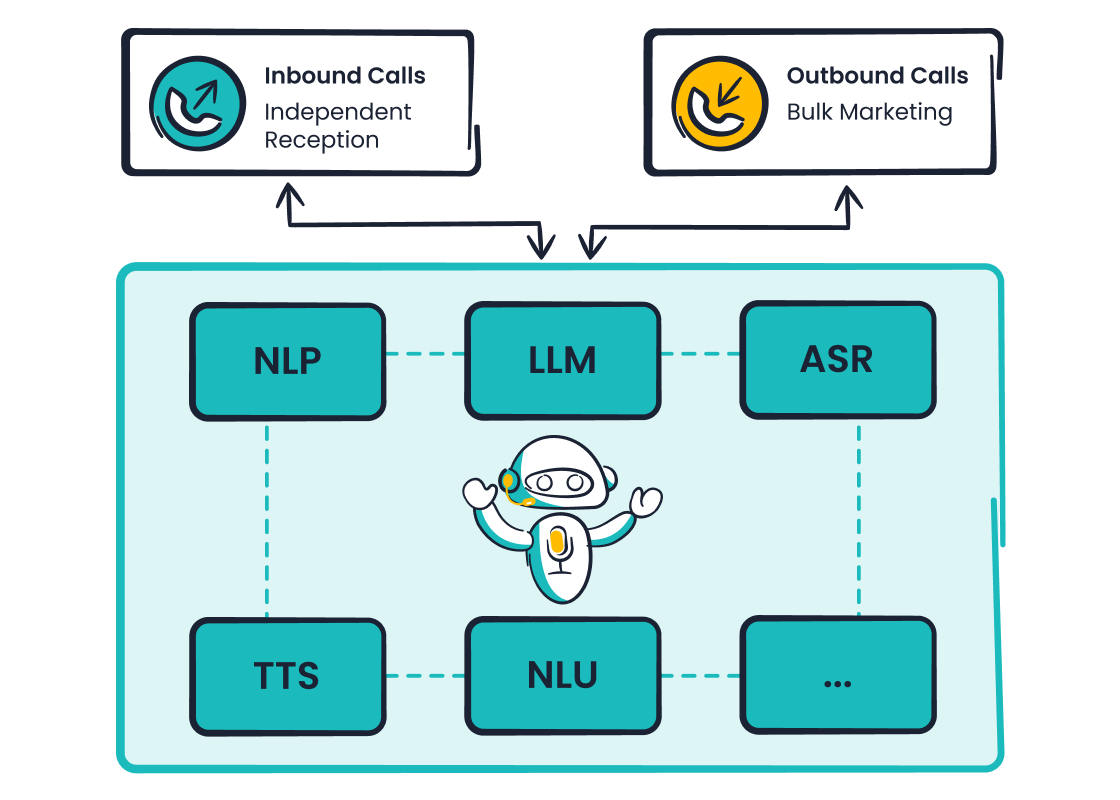
Contact center automation trends are reshaping how companies deliver customer service, drive efficiency, and increase agent satisfaction. Today, 60% of agents say AI saves time in routing and processing customer inquiries. With only 5% of centers reaching world-class customer satisfaction scores above 85%, leaders see the need to embrace automation for real results. Sobot AI empowers organizations to meet rising customer expectations, streamline efficiency, and achieve higher satisfaction across every customer interaction.
Contact Center Automation Trends
Industry Overview
Contact center automation trends are transforming the way companies manage customer service. The market for call center automation reached $2.46 billion in 2023 and is expected to grow at a 24.3% CAGR through 2030. Companies now use advanced technology like natural language processing and machine learning to improve efficiency and customer satisfaction. Customers expect fast, seamless support across many channels. According to Statista, 88% of customers want online self-service portals. The rise of cloud-based call center solutions also drives rapid change. The table below shows key market data:
| Aspect | Details |
|---|---|
| Market Size (2023) | USD 2.46 billion |
| Forecast Period | 2024 to 2030 |
| CAGR | 24.3% |
| Key Technologies | NLP, Machine Learning, Speech Recognition |
| Deployment Trends | Hosted solutions growing fastest |
| Key Drivers | AI adoption, efficiency, customer satisfaction |
Key Drivers
Several factors push call center automation trends forward. Customers use an average of eight channels and want quick responses. Over 60% of Americans prefer personalized experiences, making AI-driven automation essential. Many call centers report that agents spend too much time on manual tasks. The chart below highlights these drivers:
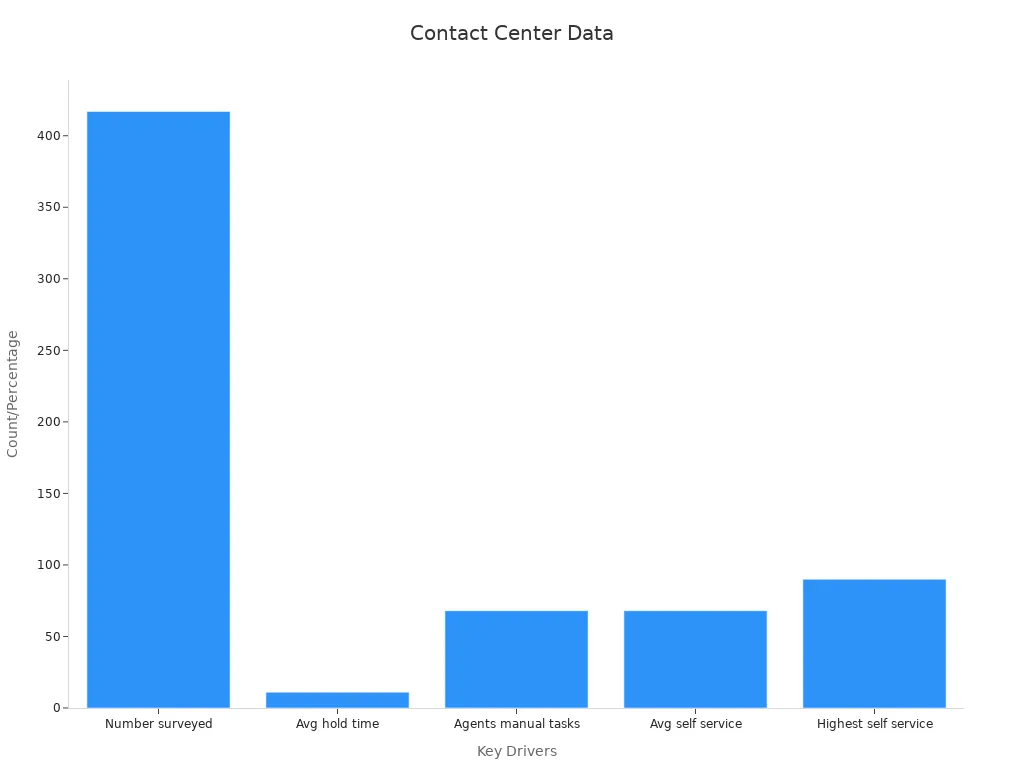
Call centers set high self-service goals, with some aiming for 90%. Reducing hold times and improving efficiency remain top priorities.
Sobot’s Approach
Sobot leads with a mission to deliver all-in-one call center solutions that boost efficiency and customer satisfaction. The company’s vision focuses on global leadership in intelligent, omnichannel customer service. Sobot’s achievements include a 234% ROI for clients, a 60% reduction in agent workload, and a 35% improvement in Net Promoter Score. Sobot’s technology combines AI and human support to resolve issues in under one minute. The company’s customer-centric approach helps brands in retail, finance, and more achieve measurable results.
| Performance Indicator | Measurable Result | Description |
|---|---|---|
| ROI | 234% | High financial return from automation investments |
| Agent Workload Reduction | 60% | AI Copilot improves efficiency |
| NPS Improvement | 35% | Enhanced customer experience |
| Resolution Time | Under 1 minute | Fast, customer-centric service |
AI Self-Service
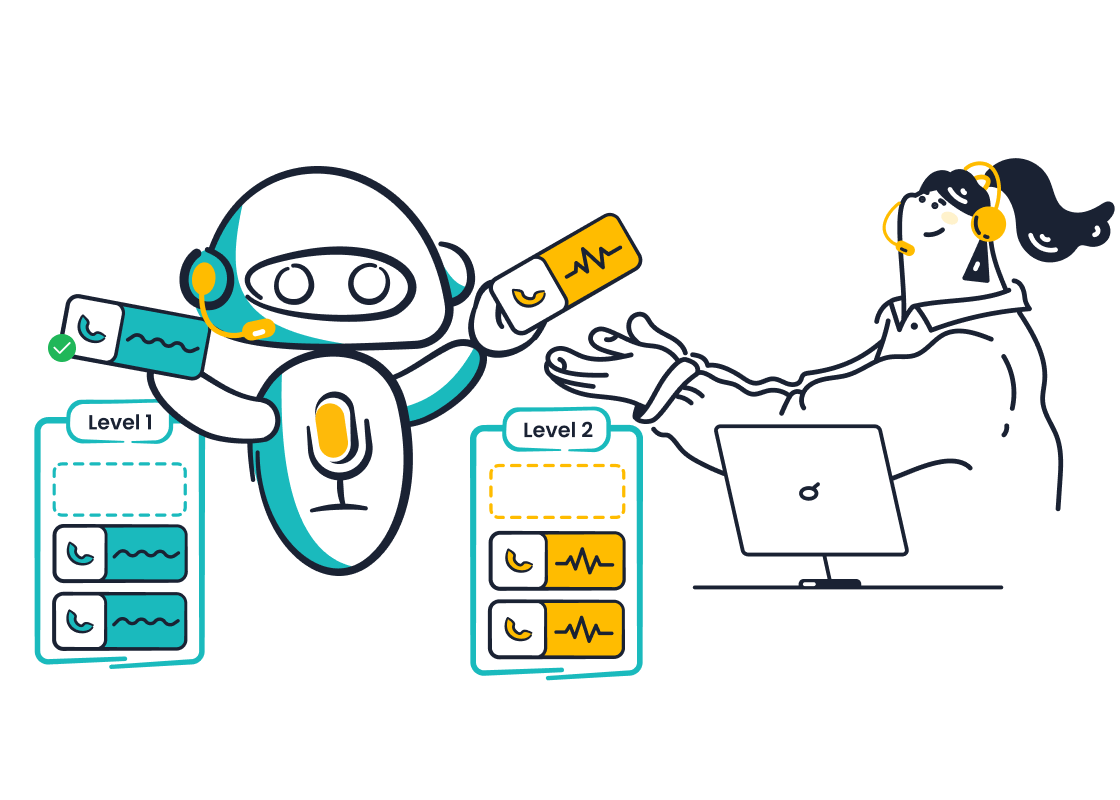
Sobot Voicebot
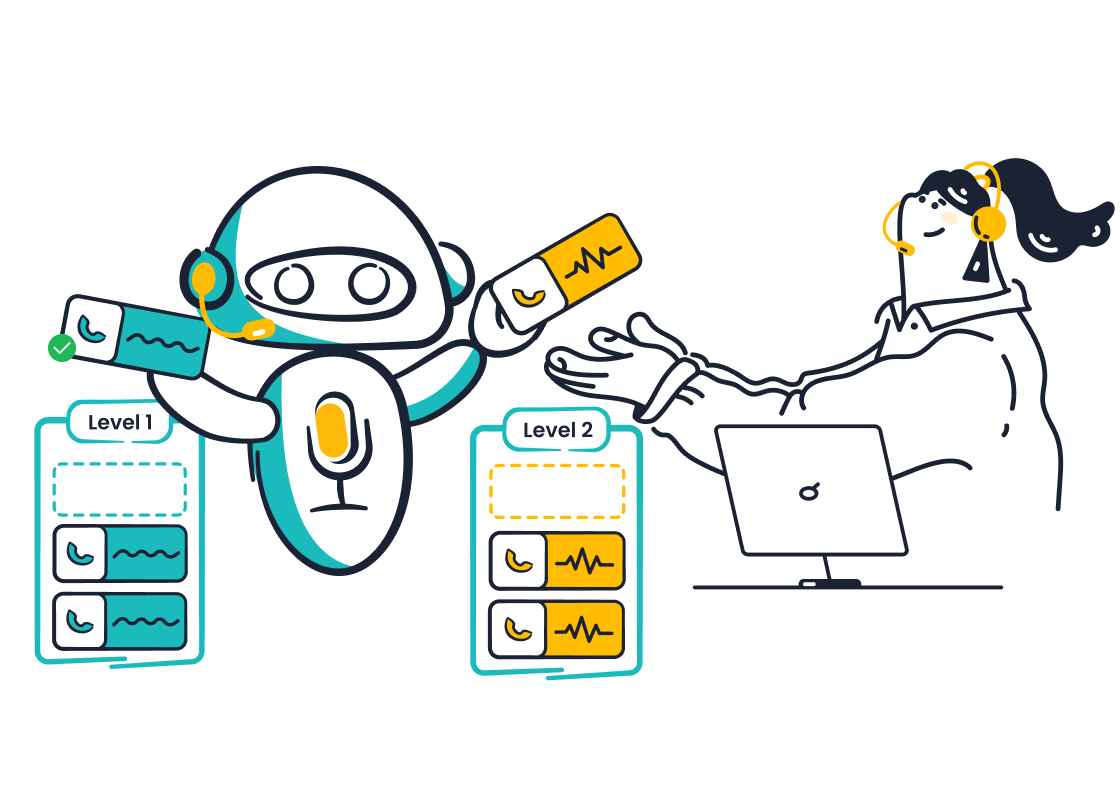
Sobot Voicebot transforms customer service by automating customer interactions with advanced AI. Companies use this solution to create personalized experiences for every customer. The voicebot supports multiple languages, allowing businesses to serve global customers with ease. Sobot Voicebot uses natural language processing to understand customer needs and respond in a human-like way. The platform enables seamless handoff between AI and human agents, ensuring customers always receive personalized service. Businesses see a 60% reduction in agent workload and a 234% return on investment. The following table highlights key results from Sobot Voicebot users:
| Customer / Metric | Result / Improvement | Feature Highlighted |
|---|---|---|
| OPPO | 93% Customer Satisfaction (CSAT) | Conversational support, multilingual capabilities |
| J&T Express | 35% increase in sign-off rate | Seamless handoff, omnichannel engagement |
| Overall Platform Metrics | 234% ROI, 60% workload reduction | AI + human collaboration, efficiency |
| Platform Capabilities | Multi-language support via SDK | Multilingual support |
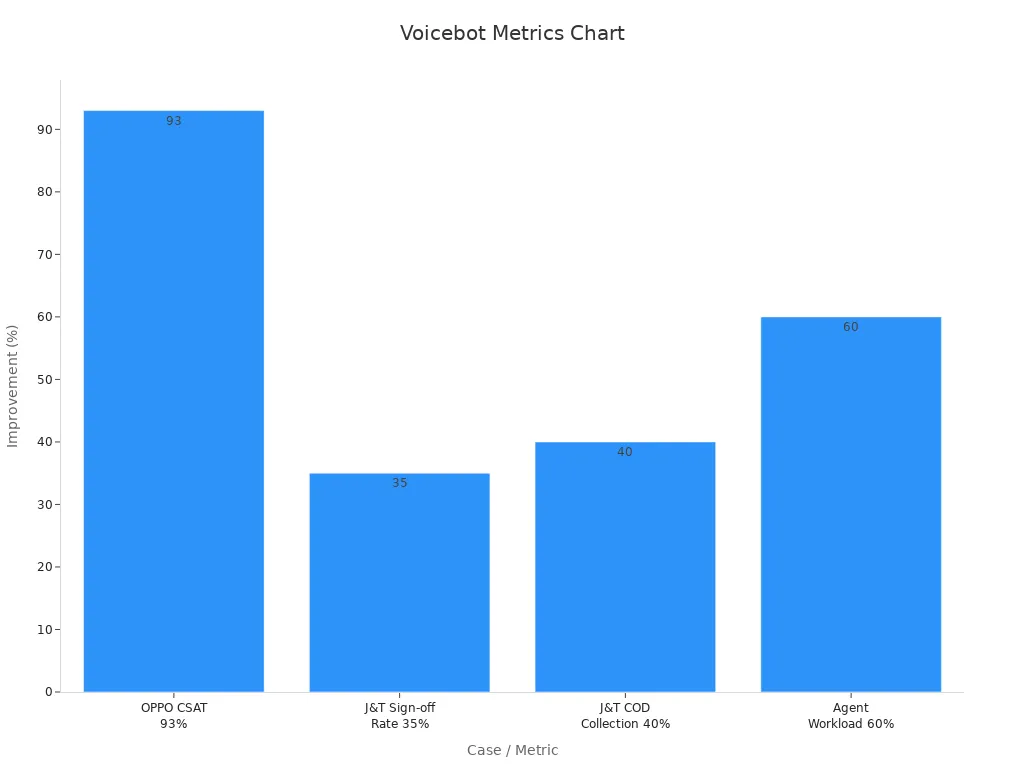
24/7 Support
AI and automation allow companies to provide 24/7 customer support. Sobot Voicebot operates around the clock, handling both simple and complex customer requests. This always-on approach increases customer satisfaction and reduces wait times. For example, Agilent, a leader in life sciences, used Sobot’s omnichannel workbench and AI chatbot to achieve a sixfold increase in efficiency and a 25% reduction in costs. Their customer satisfaction score reached 95%. Customers can access personalized help at any time, which builds trust and loyalty.
Note: 70% of contact centers now use AI to improve customer experience, and 61% of customers prefer self-service for simple issues (Nextiva, Salesforce).
Customer Experience
AI self-service solutions create personalized interactions that drive satisfaction. Sobot Voicebot enables companies to deliver personalized service by understanding each customer’s needs and history. Customers enjoy smooth transitions between channels, never losing context. This approach leads to faster resolutions and higher satisfaction. Companies like Vodafone and Lula Loop have seen up to a 40% increase in customer satisfaction scores and a 70% reduction in cost-per-chat after adopting AI self-service. The following chart shows the growing adoption and effectiveness of AI self-service in contact centers:
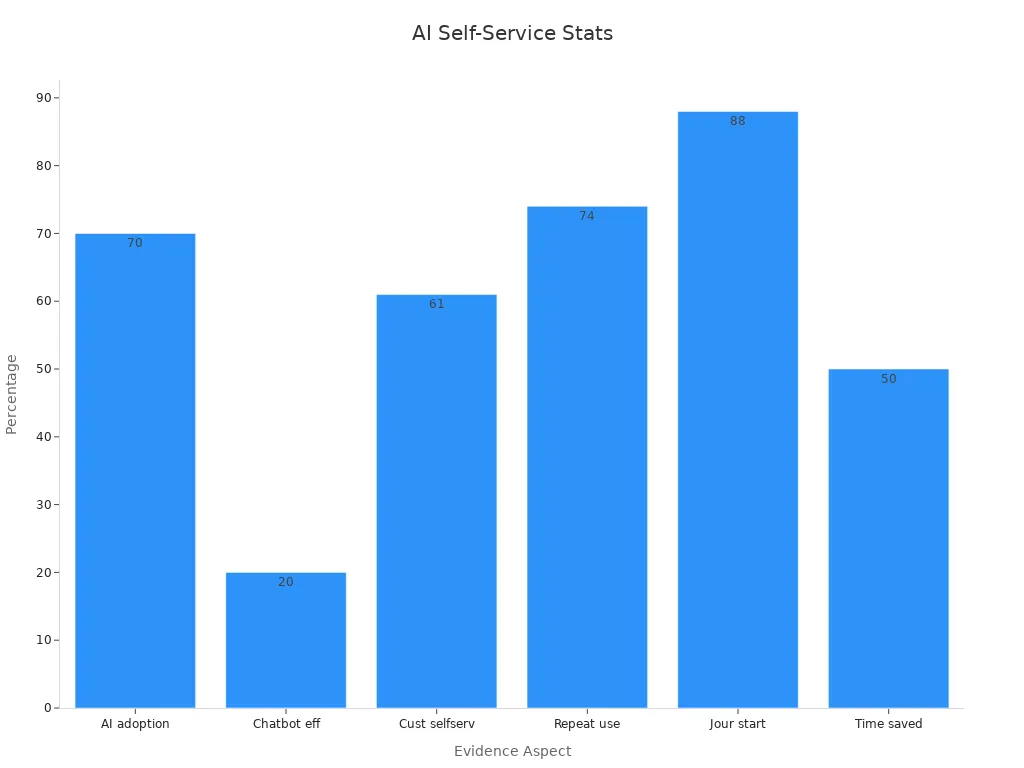
Sobot’s focus on creating personalized interactions helps businesses build lasting relationships with customers. Personalized service, seamless handoff, and automation all contribute to higher customer satisfaction and operational efficiency.
Omnichannel Automation

Unified Customer Service
Modern call center operations demand seamless customer journeys across every channel. Customers expect to move from phone to chat to email without repeating themselves. Unified customer service integrates all touchpoints, creating a single view of each customer. This approach avoids data silos and ensures every interaction feels personalized. Customer journey analytics combine data from multiple sources, helping organizations understand behavior and preferences. Studies show that 52% of customers will switch brands after one negative experience, and 61% are willing to pay more for a good experience. Integration platforms, such as Customer Data Platforms, consolidate marketing, sales, and support data, enabling personalized service and continuous optimization. Customer surveys and feedback tools further enhance understanding across channels.
- Customer journey analytics integrate data for a unified view.
- 59% of consumers expect organizations to use data for personalized experiences.
- Segmentation and predictive analysis support ongoing improvement.
- Feedback mechanisms identify pain points and drive better service.
Sobot Omnichannel Solution
Sobot’s Omnichannel Solution empowers call centers to deliver consistent, personalized customer service across voice, chat, email, and social media. The platform unifies customer data, enabling agents to provide tailored support at every step. Sobot’s AI-driven automation handles routine tasks, freeing the workforce to focus on complex issues. The solution supports scalability, adapting to changing call volumes and business needs. Companies in retail, finance, and healthcare have seen faster resolution times and improved customer satisfaction. The table below highlights real-world improvements from omnichannel AI automation:
| Organization | Key Improvements with Omnichannel AI Automation |
|---|---|
| Carbon Health | 40% reduction in patient wait times; 40% increase in answer rates |
| Memorial Healthcare | 3x reduction in call abandonment; 30% improvement in service levels |
| WaFD Bank | 95% decrease in cost per call |
| General Benefits | Automation of routine tasks, intelligent routing, real-time agent assistance |
| Proactive interaction, enhanced omnichannel communication, data-driven workflow |
Sobot’s solution delivers up to 50% faster resolution and 68% lower staffing needs during peak seasons. Scalability ensures call centers can grow without sacrificing quality.
Performance Insights
Analytics play a critical role in optimizing call center operations. Sobot’s platform offers predictive performance analytics, sentiment analysis, and unified dashboards. These tools forecast trends, identify issues, and provide real-time guidance for agents. Predictive analytics enable proactive coaching and resource planning, reducing hold times by up to 20%. Sentiment analysis measures empathy and prevents escalations. Unified dashboards streamline workforce management and hiring decisions. The following chart shows key performance improvements and industry benchmarks for Sobot’s Omnichannel Solution:
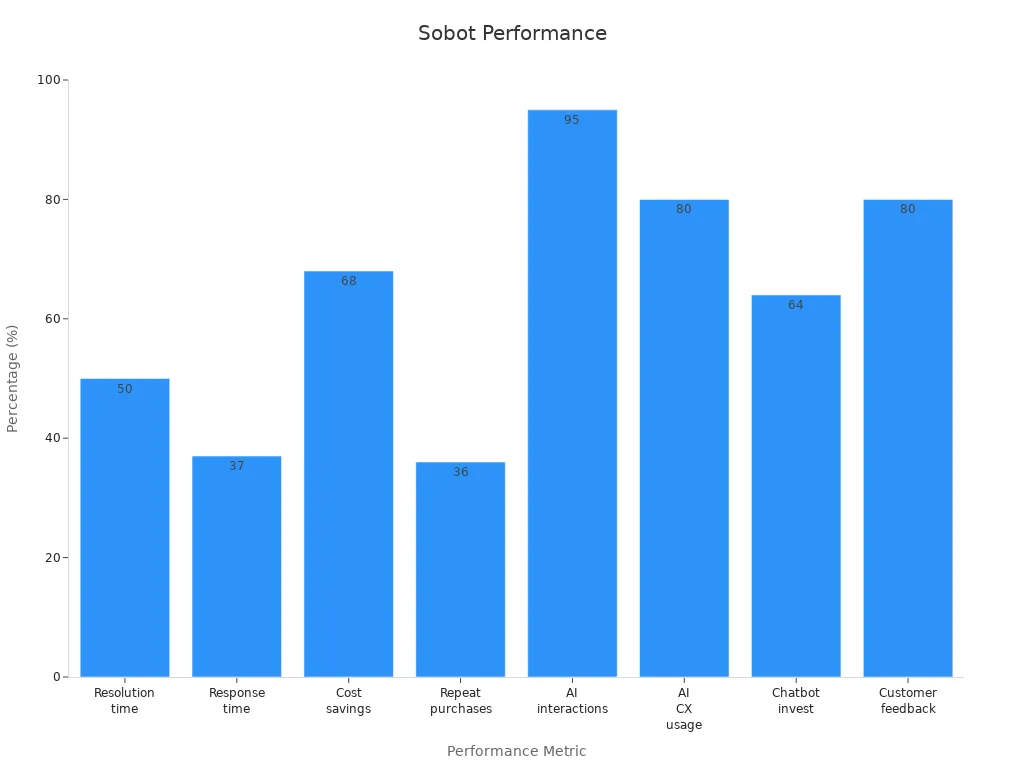
Omnichannel analytics integrate data from sources like Google Analytics and Treez, using BI tools to turn raw data into actionable insights. This approach supports continuous monitoring, enhances customer experience, and ensures scalability for every call center.
Predictive Analytics
Intelligent Routing
Predictive analytics has become a core driver in modern call center operations. Intelligent routing uses ai to analyze customer data and direct each inquiry to the best agent or resource. This approach reduces wait times and increases first-contact resolution rates. Over 68% of enterprises now use ai-powered analytics in their call center environments. Between 55% and 66% of call centers have adopted predictive analytics to forecast customer behavior and churn. The table below highlights key market trends supporting the rise of predictive analytics in call centers:
| Evidence Aspect | Data / Statistic | Explanation / Support for Query |
|---|---|---|
| AI-powered analytics adoption | Over 68% of enterprises | Indicates strong market uptake of AI analytics in contact centers, supporting growing use of predictive analytics. |
| Predictive analytics usage | 55% to 66% of contact centers | Demonstrates significant penetration of predictive analytics tools forecasting customer behavior and churn. |
| Omnichannel analytics integration | Around 62% to 64% of organizations | Shows trend toward unified analytics across multiple communication channels, enhancing customer journey insights. |
| Regional leadership - North America | Nearly 60% of enterprises use predictive analytics | Highlights regional market maturity and focus on forecasting customer churn and buying behavior. |
| Market growth | $1.66B (2025) to $3.07B (2033) at 7.99% CAGR | Reflects increasing demand and adoption of predictive analytics technologies. |
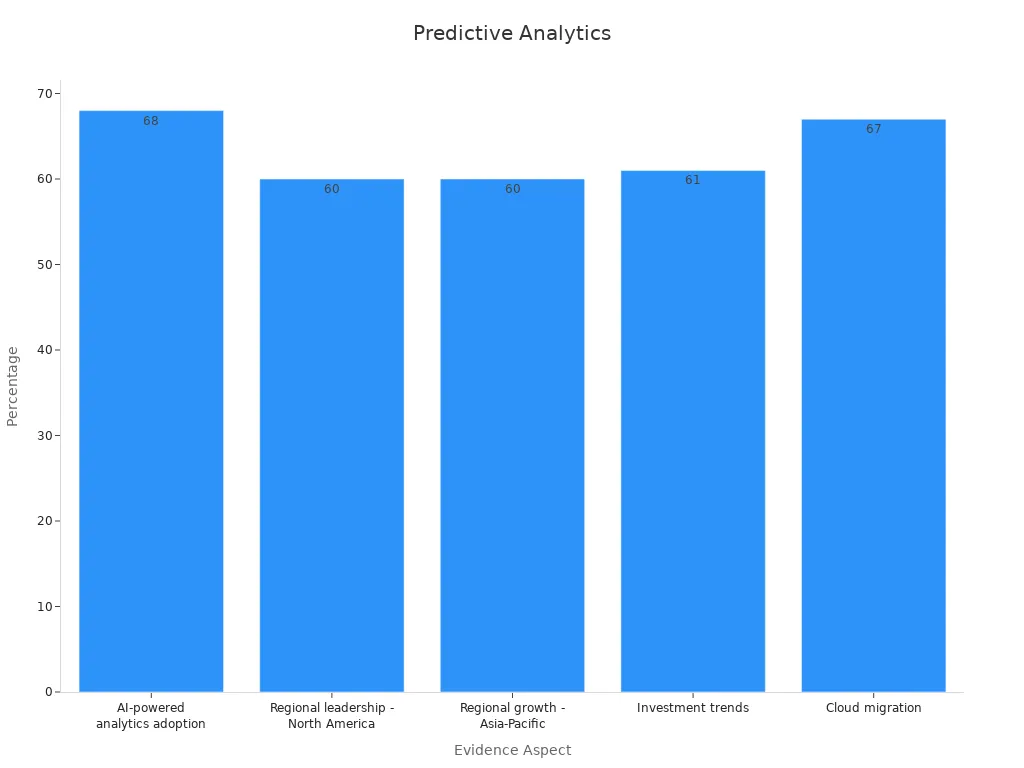
Proactive Service
Call centers now use ai and analytics to deliver proactive support. Predictive models identify customer needs before issues arise. This proactive approach leads to faster resolutions and higher satisfaction. Companies using proactive service strategies see a 25% increase in first-contact resolution and a 40% reduction in issue resolution time. Real-world examples include:
- Amazon anticipates and prevents customer support issues, reducing support tickets.
- Salesforce routes support tickets efficiently, lowering operational costs.
- Companies report a 20-30% reduction in support ticket resolution time.
- McKinsey finds that proactive support boosts customer satisfaction and efficiency.
Proactive support transforms the call center from a reactive environment to a strategic asset that delivers personalized experiences.
Sobot Data Integration
Sobot enhances predictive analytics by integrating diverse data and analytics sources. The platform combines customer interaction data, behavioral insights, and operational metrics. This integration, powered by ai, standardizes complex information and generates actionable insights. Sobot’s approach mirrors best practices in data management, using high-quality, granular data and multiple validation techniques. By leveraging Sobot Data, call centers improve the accuracy and efficiency of predictive models. This leads to more personalized and proactive support, helping businesses anticipate customer needs and optimize every interaction.
Call Center Best Practices
Automation Strategy
A strong automation strategy forms the foundation of call center best practices. Leading organizations map customer journeys to identify where automation can deliver the most value. Automating routine interactions can reduce call center costs by up to 70%, while enabling 24/7 service for customers. Companies like Bank of America and Lemonade Insurance have shown that automation improves both productivity and customer experience. Sobot’s AI-powered solutions help businesses scale operations and handle peak call volumes without increasing workforce size. Key performance indicators such as average speed of answer, average handle time, and cost per call measure the impact of automation on productivity. Successful call center best practices include:
- Mapping customer journeys to find automation opportunities.
- Ensuring seamless handoff to human agents for complex cases.
- Using customer-centric language in automated interactions.
- Continuously analyzing performance data to optimize processes.
Tip: Start with clear business goals and pilot automation solutions before full deployment.
Training and Change Management
Effective training and change management are essential call center best practices. Prosci’s structured methodologies show that interactive learning and practical tools drive successful change. Organizations equip their workforce with foundational and advanced training to adapt to new technologies. Sobot provides ongoing support and resources to help teams embrace automation and maximize productivity. Training programs focus on both technical skills and customer service excellence. Change management frameworks ensure that agents understand new processes and feel confident using automation tools. This approach increases first call resolution rates and improves overall workforce satisfaction.
Quality and Compliance
Quality and compliance remain central to call center best practices. Real-time monitoring and coaching allow supervisors to provide instant feedback and prevent repeated mistakes. Data-driven quality metrics, such as first call resolution, average handle time, and customer satisfaction score, support objective performance measurement. Sobot’s analytics tools help organizations track these metrics and identify trends. Call recording ensures compliance with internal standards and regulatory requirements. Advanced AI tools analyze interactions to reveal patterns and support continuous improvement. Defining clear quality standards and mapping the customer journey align service goals with customer expectations, driving productivity and reducing risk.
AI and Automation in Customer Service
Agent Assist Tools
AI-powered agent assist tools help teams deliver better customer service. These tools give agents real-time suggestions, automate routine tasks, and provide instant access to customer information. Companies see big improvements in efficiency and fairness. For example:
- AI reduces time spent on data collection and reporting, so managers can focus on coaching.
- AI uses the same standards for every employee, which helps remove bias.
- Agents get feedback right away, not just once a year.
- Automation cuts costs by handling data entry and tracking.
- AI uses real data to help leaders make decisions about promotions and training.
User-friendly interfaces make these tools easy to use. Real-time data helps managers act quickly. Sobot’s AI solutions offer these features, supporting continuous improvement and higher agent satisfaction.
Cloud Solutions
Cloud technology has changed how companies manage customer service. Cloud-based solutions let teams work from anywhere and scale up fast. Many businesses use cloud platforms to automate quality checks and speed up feedback. Some benefits include:
- Automated evaluation forms save time and reduce errors.
- Managers get real-time data to improve service.
- Custom forms match business goals and KPIs.
- Cloud solutions scale easily and fit with other systems.
- Leading tools support remote work and ongoing improvement.
- Automation and cloud adaptability help centers handle more calls without losing quality.
Sobot’s cloud-based contact center platform gives companies the flexibility and power to grow. The system supports high call volumes and integrates with existing tools, making it a smart choice for modern businesses.
Security and Compliance
Security is a top concern for any cloud-based customer service platform. Companies use strong frameworks to keep data safe. These include continuous monitoring, automated threat detection, and quick fixes for any problems. SOC 2 Type II compliance proves that a platform meets high security standards. Teams use encryption and access controls to protect information. AI helps spot threats faster and keeps systems safe. Best practices like Infrastructure as Code and policy automation keep settings consistent and secure. Sobot’s cloud platform follows these standards, helping companies meet rules like GDPR and HIPAA. This approach keeps customer data private and builds trust.
Note: Strong security and compliance measures help companies protect customer data and maintain reliable service.
Staying current with contact center automation trends helps leaders drive efficiency and boost customer satisfaction. Sobot’s solutions support measurable improvements in agent satisfaction and operational efficiency. Leaders can begin automation by following these steps:
- Define measurable evaluation criteria tied to customer satisfaction and efficiency.
- Use call recording and analytics for quality and compliance.
- Balance compliance with customer experience metrics.
- Hold regular calibration sessions for consistent standards.
Ongoing learning ensures organizations adapt as technology evolves.
FAQ
What are the main benefits of contact center automation trends for businesses?
Contact center automation trends help companies improve efficiency, reduce costs, and increase customer satisfaction. Sobot’s solutions automate routine tasks, allowing agents to focus on complex issues. This approach leads to faster response times and higher productivity across the workforce.
How does AI and automation improve customer service quality?
AI and automation use data and analytics to deliver personalized service. These technologies analyze customer interactions and provide proactive support. Sobot’s AI-powered tools help agents resolve issues quickly, which boosts satisfaction and first call resolution rates.
Why is omnichannel automation important for customer satisfaction?
Omnichannel automation creates personalized interactions by unifying customer data from every channel. Customers receive consistent, proactive support without repeating information. Sobot’s cloud-based solutions ensure seamless experiences, which increases satisfaction and loyalty.
How do cloud-based solutions support scalability and workforce management?
Cloud-based solutions like Sobot’s platform allow call centers to scale operations quickly. These systems support remote work, automate workforce management, and handle high call volumes. Companies maintain service quality and efficiency during peak periods.
What role does analytics play in call center best practices?
Analytics provide insights into customer behavior, agent performance, and operational trends. Sobot’s solutions use analytics to optimize processes, improve productivity, and ensure compliance. Data-driven practices help organizations embrace automation and deliver proactive, personalized service.
See Also
Understanding The Efficient Functioning Of Call Center Automation
Effective Strategies For Managing Quality In Call Centers
A Ten Step Guide To Deploy Omnichannel Contact Centers
